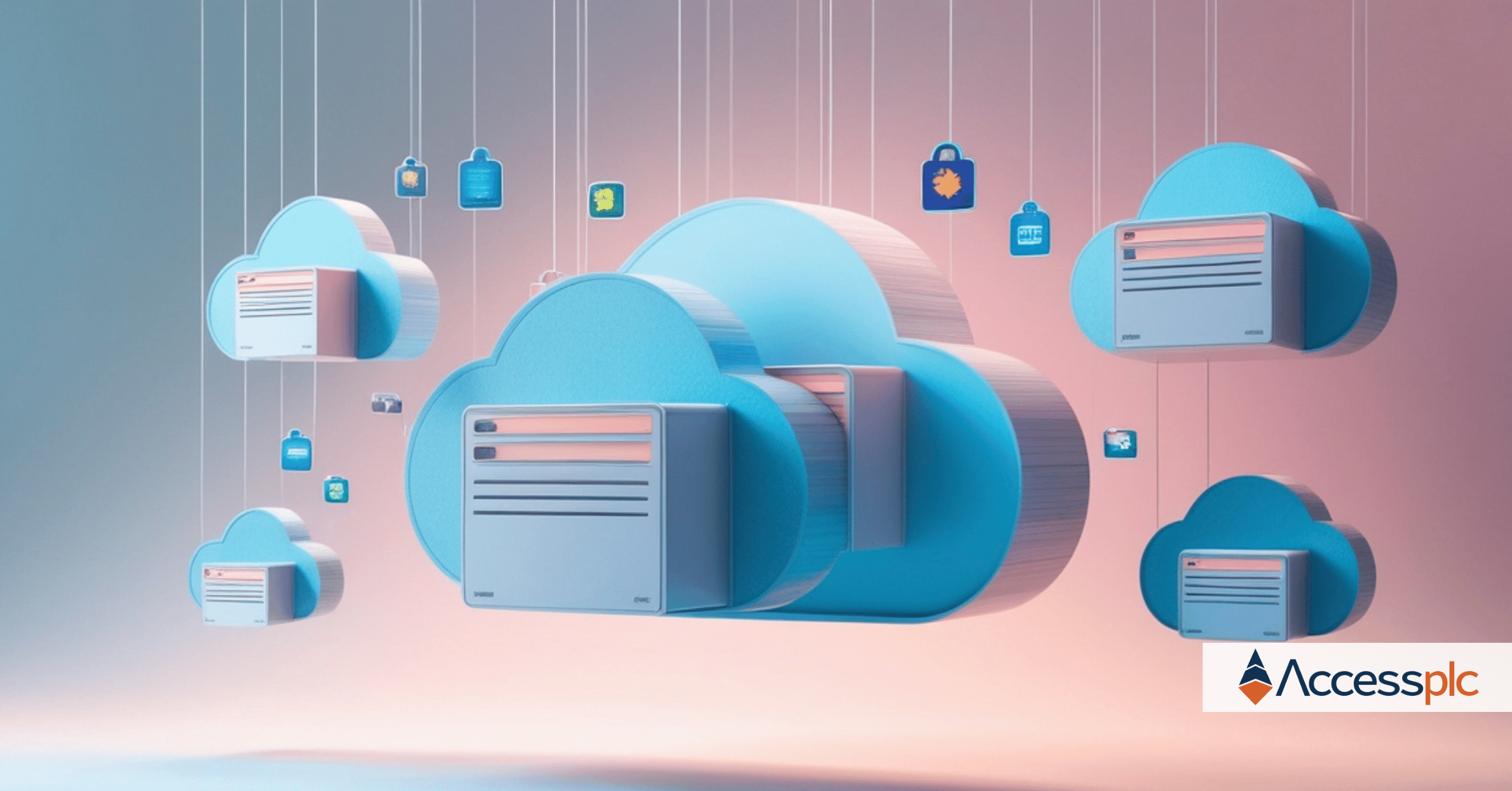Introduction
Large-scale migration projects are large in scale for a number of reasons. They typically involve tens of thousands of users and devices, and the impact on those users and devices can be significant. The potential benefits are also large in scale, but so are the risks.
Those risks include:
- Long periods of end-user downtime
- Lower productivity as a result of end-user disruption and downtime
- Business disruption and loss of business-critical functions
- User resistance, noncompliance, or confusion
- Issues with data governance, including data loss, corruption, and duplication
- Problems with access control and other security policy breaches
- Cost and time overruns, often because of largely manual migration processes
- Corporate strategy disruption and reputational damage
This case study demonstrates how a large enterprise client mitigated these risks with:
- Proper planning
- High standards of project governance
- Strong stakeholder management
- Industry-leading automation tools
- Support from an expert team
The Project
Our client is a large enterprise in a highly regulated sector. It planned to migrate its users to the Windows 11 operating system. There were multiple drivers for this project, both at the IT infrastructure and corporate levels. Those drivers included the fast-approaching Windows 10 end-of-life deadline, as well as hardware lifecycle timescales and the company’s digital transformation strategy.
The project had a number of goals, milestones, and objectives, but the main headlines were:
- Migrate 80,000 corporate and field-based users to Windows 11
- Utilise a zero-touch migration approach to minimise user and business disruption
- Complete the migration of all 80,000 users within 60 days due to hardware lifecycle constraints
All three of the project’s main objectives were significant, but the timeline of 60 days was particularly aggressive. This was compounded by the fact that the devices and users that were involved varied significantly, with different device specifications, usage profiles, app dependencies, and user competencies.
The company’s internal IT team was highly proficient at managing day-to-day operations, but they didn’t have the resources, specialist skills, or tools needed to deliver a project at this scale. As a result, previous migration projects had been heavily manual, resource-intensive, time-consuming, and costly.
An expert team from an experienced partner, excellent project management capabilities, and best-in-class automation tools would be needed to deliver this migration project efficiently, cost-effectively, and according to the company’s requirements.
Accessplc was selected to plan, implement, and support the project.
What We Did
As the strategic delivery partner for the project, we assigned an experienced migration and automation team. That team provided comprehensive planning and implementation support to the company’s internal IT team.
We used our experience on similar projects to develop a project strategy and implementation plan. We did this in collaboration with all stakeholders, including senior management, operational resources, and the IT team.
Automation was a key component of the strategy and implementation plan. It was clear that without significant automation, none of the project’s objectives could be achieved. As a result, the Access Symphony suite of products from our sister company become essential elements in our project delivery toolkit.
Access Symphony is a suite of end-user experience modules from Access IT Automation that provides insights, real-time metrics, and end-user computing automation functionality.
The Accessplc team, alongside Symphony experts at Access IT Automation, supported the client’s internal IT resources to utilise Access Symphony. The starting point was to use the insights and data from Access Symphony to build a data-driven rollout plan. Access Symphony provided data on user activity, hardware readiness, and application compatibility to facilitate the development of this roll-out plan.
The migration of users to Windows 11 would be phased and controlled, so devices were categorised into migration waves. Access Symphony would automatically manage the scheduling of each Windows 11 migration wave.
Contingencies and recovery processes were also implemented:
- Automated pre-flight readiness checks were conducted on all devices
- Automated backups were scheduled to coincide with the migration waves
- Process validation steps were implemented
- Rollback workflows were developed
We also enabled end-user deferrals and messaging via Symphony Signal to further manage and support the end-user experience during the migration process, and to reduce helpdesk calls.
The Results
- 80,000 devices successfully migrated to Windows 11
- The full project was completed in just 60 working days by utilising Access Symphony’s automation features
- Access Symphony facilitated zero-touch migration deployment, significantly reducing manual workload
- Average end-user downtime was reduced to under 15 minutes per user
- Zero major incidents reported post-migration
- Migration satisfaction survey scored 92% positive across users
The End-User Computing Lead at the enterprise said:
“This is the smoothest OS migration we’ve ever done. Symphony took out the guesswork, and everything just worked.”
David Halfteck, CTO at Access IT Automation, said:
“Our orchestration model is designed for exactly these types of high-pressure programs. We were proud to help our client execute a flawless migration at speed.”


